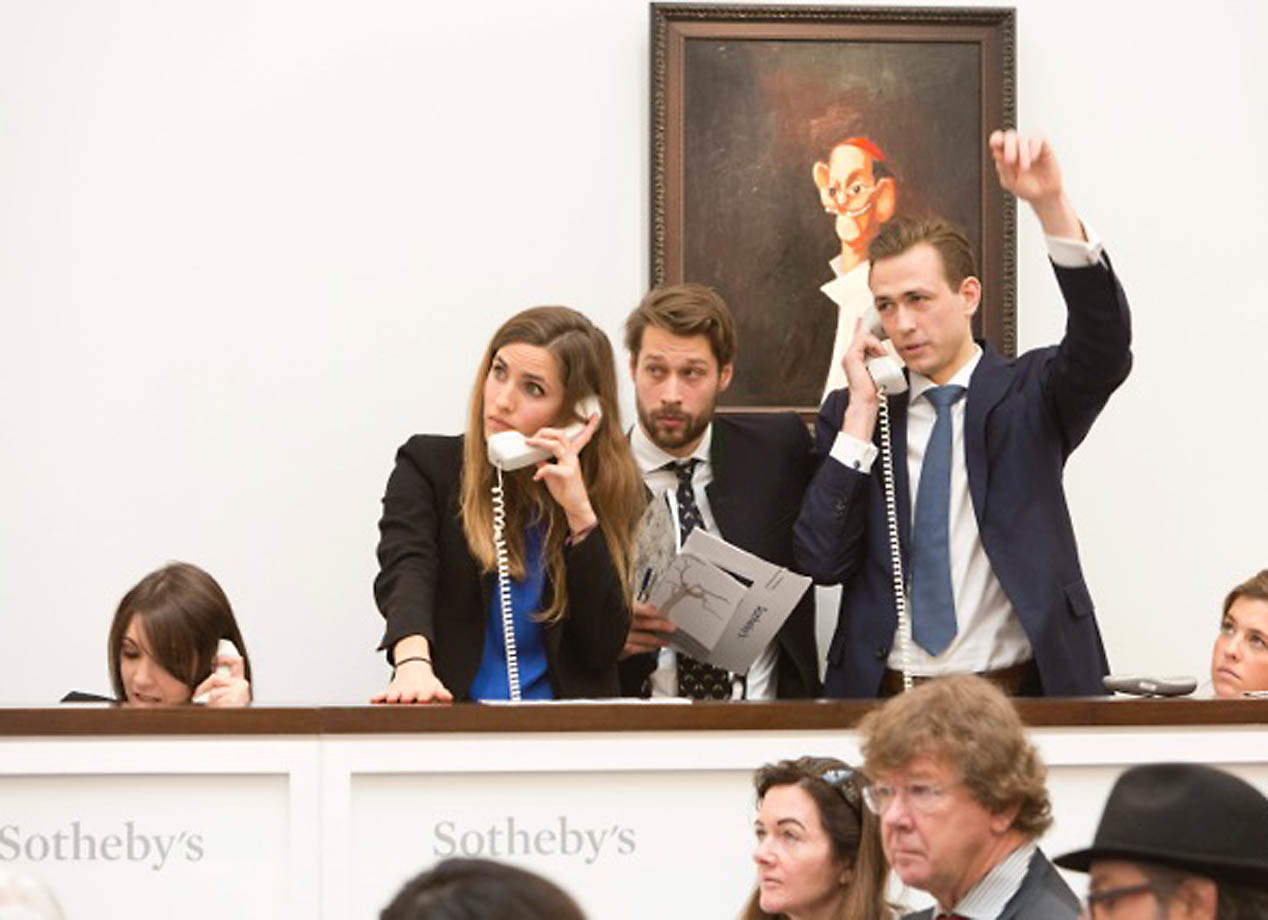Meet Boris Cornelissen
Director
ILEANA Contemporary Art
MA Contemporary Art, London, 2013
Before moving to London, I studied art history and political sciences in the Netherlands, after which I went on to do the Contemporary Art Master’s degree program at Sotheby’s Institute of Art in London. Having always wanted to combine my passion for contemporary art with my business interests, I applied for a traineeship at Sotheby’s, where I have been working since I graduated from the Institute in 2013. I currently work as a deputy director and specialist in the Contemporary Art department of Sotheby’s in Hong Kong.
In what ways does the Master’s degree program in Contemporary Art that you took at Sotheby’s Institute help you in your current role?
The most important aspect for me was the very solid basis it gave me in understanding post-war and contemporary art—either by knowing the artists in-depth, or by being able to provide a contextual understanding to talk about the work. In a market where knowledge is one of the most powerful tools, it is incredibly important that you can speak confidently about the work you’re selling.
Drawing on your own experience, what advice would you give to people hoping to start a career in the art world?
Besides having a solid knowledge of the art, it is very important to build up a network. Connections are crucial in the art world for many different reasons, and because it’s such a small world you can rapidly expand your network.
What was it about the program that made you decide to take a master’s degree at Sotheby’s Institute of Art?
I chose Sotheby’s Institute of Art for its unique approach that not only covers art-history, but also has a strong focus on understanding the networks of the art world. Since the contemporary art world is so interconnected, it seemed important to not only understand the art, but also the system in which it circulates.
Where did it all begin? How did you develop your passion for art?
When I initially started to study contemporary art, I decided to put my personal judgements aside for a few years, and simply tried to understand everything I saw before drawing any conclusions. I still try to do this with all the art I see today: whilst you want to be critical, any critique or appreciation is much more rewarding when you have an understanding of the context from which it originates. My passion for art has developed along with my aesthetic and theoretical understanding of it, and the fact that both are in constant flux makes it an incredibly exciting and dynamic field.
Do you draw on the Alumni network in your current role?
I still have many friends from the Institute who work at galleries or museums, and since we all end up going to the same events, we see each other very often. Since the art world is such a small and interconnected world, it is helpful to know people in different places who can help when you need a favour.
How do you think the art world is evolving and how are the changes you anticipate affecting your professional outlook and plans?
The market is opening up quickly and becoming more inclusive. It is no longer the privileged domain of Western collectors, but increasingly including new collector categories—for example, successful hip hop artists who identify with the identity politics of African-American artists who have subsequently gone up in value. But also in terms of technology there still is ample room for innovation in the market.
